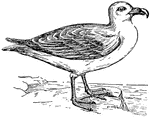Clipart tagged: ‘petrel’
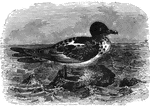
Cape Fulmar
The cape petrel or fulmar is about the size of a small duck and inhabits the southern seas.
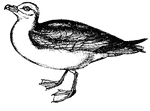
Petrel
Petrels never dive, and rarely swim. Instead they skim rapidly over the waves looking for food.
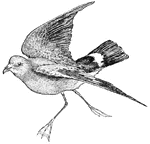
Petrel
Petrels resemble gulls, except in having the nostrils open as two parallel tubes on the top of the beak.

Petrel
Petrels have a fossil record that extends back at least 60 million years, it is among the oldest bird…
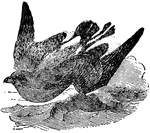
Petrel
A genus of sea-birds. They include many species, all of which have webbed feet and long and strong wings.…
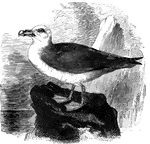
Fulmar Petrel
Distributed throughout the northern regions of the Atlantic, the fulmar petrel prefers to nest in the…
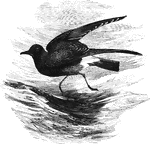
Stormy Petrel
The smallest of the web-footed birds, the stormy petrel averages only about six inches in length.
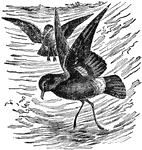
Stormy Petrel
"Petrel is a popular name for certain small oceanic birds of dusky plumage, nocturnal in habit, widely…
